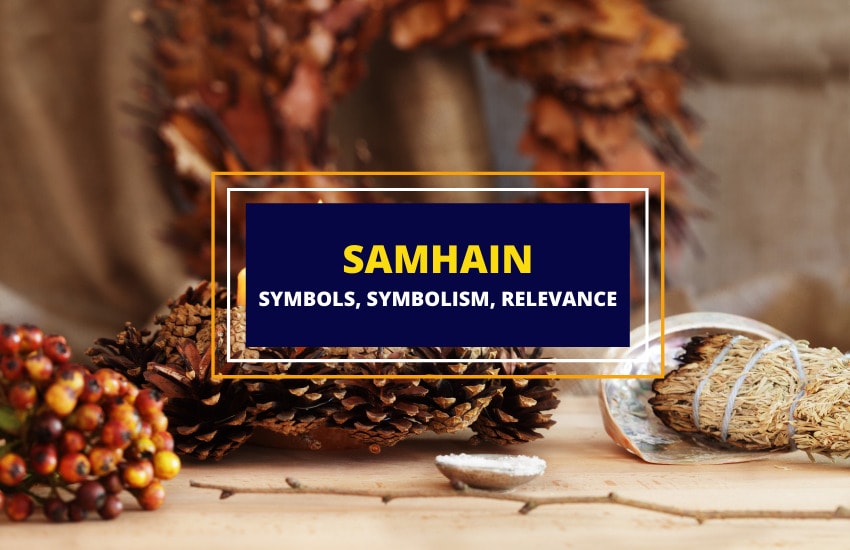
Table of Contents
Samhain is a pagan festival which signified the darker part of the year, marking the end of the harvest season and the beginning of winter. As the Wheel of the Year turned to the last stage of autumn, the Celts celebrated Samhain (pronounced sow-en), which began on the evening of October 31st to November 1st.
Samhain was its own time, independent and mysterious. It was when summer went to sleep and winter awakened. Samhain was the last harvesting opportunity for the year.
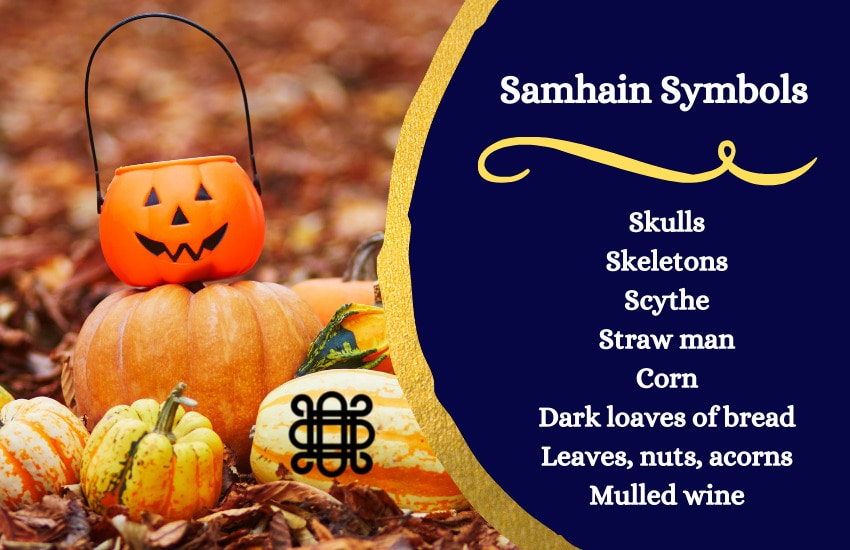
What is Samhain?
Samhain is one of the most popular pagan holidays, but it’s also quite misunderstood. While it might seem macabre or frightening, Samhain was/is a festival that celebrate loved ones who have passed away, much like the Dia de Los Muertos (Day of the Dead) of Mexico. In addition to this, it was a great time to focus on new goals, intentions, and hope for the future.
Because the Celts believed that the day began and ended at sunset, the celebrations for Samhain began on the evening of October 31st.
The word Samhain comes from the Old Irish “sam” or summer and “fuin” or end. Although no one understands the exact etymology, this translates to Samhain meaning “Summer’s End.” But, Samhain goes by many names depending on the era and location:
- Celtic – Samain
- Modern Irish – Samhain
- Scottish Gaelic – Samhuinn
- Manx/Isle of Mann – Sauin
- Gaulic – Samonios
Our modern understanding of the date of Samhain comes from the Gregorian calendar, but this was not the original way the Celts accounted for time. Archaeological digs have unearthed the Coligny calendar, a Celtic calendar that was discovered in 1897 in Coligny, France, and which dates back to the 1st century BCE. This calendar indicates a month called Samon or Samonios, with a three-day autumn festival labeled “Three Nights of Samain”.
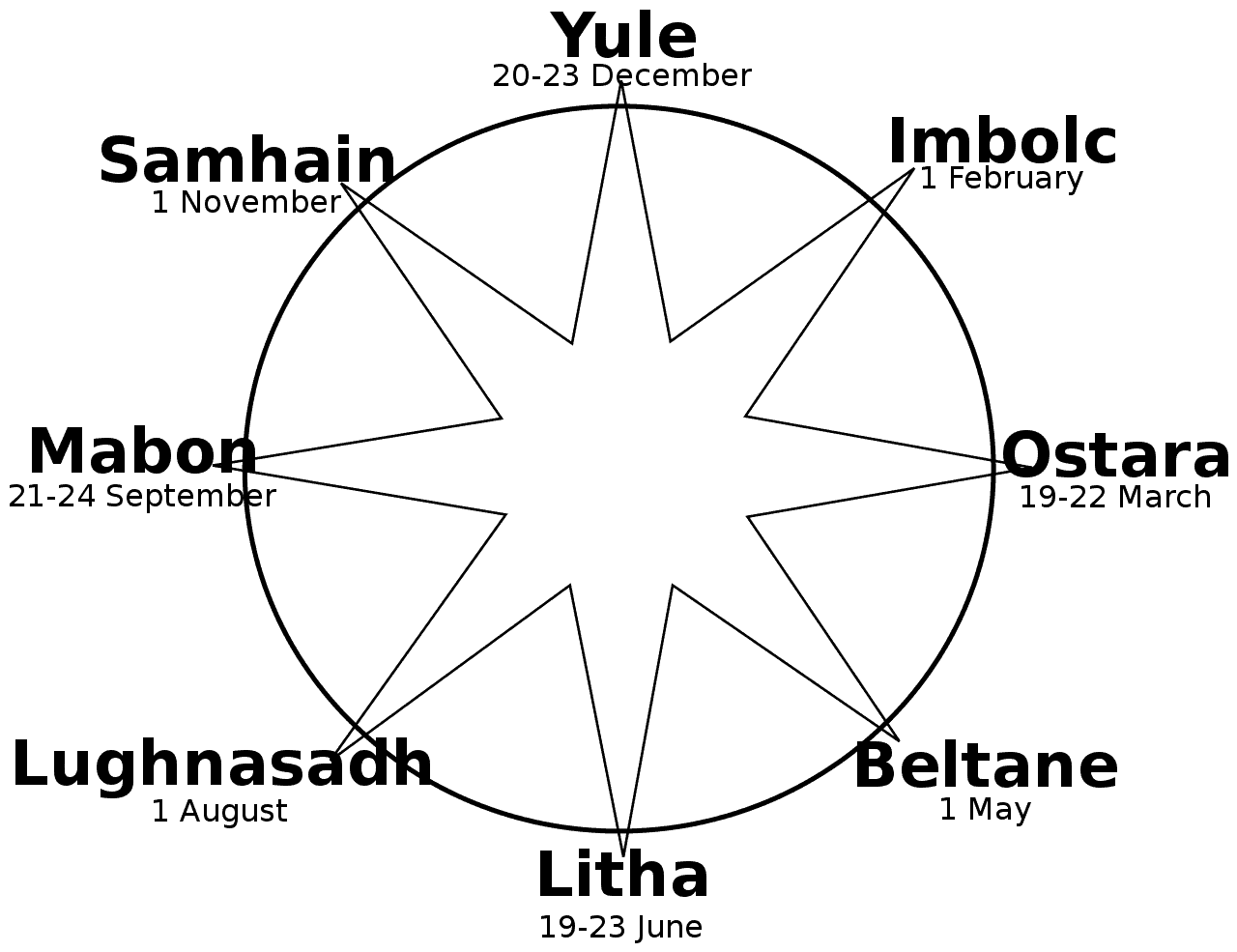
Like Lammas (August 1st), Imbolc (Feb. 1st), and Beltane (May 1st), Samhain is a cross quarter day. It sits between the Autumn Equinox (Mabon, September 21st) and the Winter Solstice (Yule, December 21st). All the eight festivals in the Wheel of the Year interchange, intersect, and reflect upon one another. Samhain marks the end of the grazing season that began during Lammas, after putting cattle out to pasture at Beltane.
There was great feasting for three days before and three days after the three nights of Samhain. This means the celebration totaled nine days. There were games, gatherings, pleasure pursuits, eating, and feasting. It was a time to take account of and portion out the stores of food and supplies so the community was sated until the next Lammas.
Thinned Veil Between the Worlds
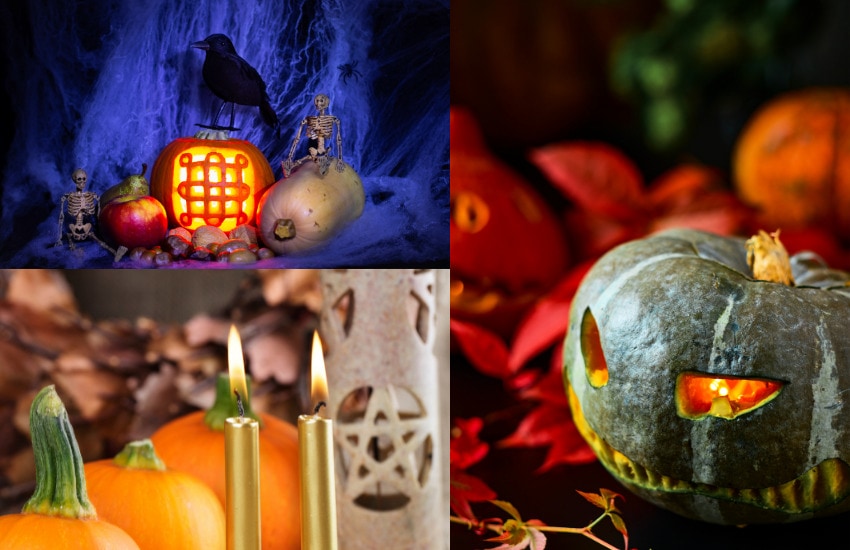
The key to understanding Samhain’s symbolic significance goes beyond the legends and tales. Although the stories contain its secrets, the essential takeaway is in how the nights grow longer and the sun hides its brilliance.
It is true that November 1st is the official feast day of Samhain. But it was the night before that was most important. The veil between the worlds begins to open, and realities between the physical plane and the otherworld become one and the same. This provided the Celts a sense of existence outside of the normal constraints of time and space.
The force of darkness and decay spilled forth from the sidhe, or ancient mounds or barrows, where the weefolk live in the countryside. Creatures like fairies, pixies, brownies, and leprechauns could come through to the physical plane and humans could travel to their realm.
It was believed that the spirits of loved ones and famed warriors could come through this veil. People would leave out sweets for the Aos Si, the spirits and fairies, coming through to the realm of the living.
Samhain Rituals and Traditions
It was common for people to wear masks and costumes during the Samhain festivities as it disguised them from any maliciousness lurking about. Children would dress up to trick evil spirits, who wouldn’t drag them into the Land of the Dead. This practice is the origin of “Trick or Treat” in the modern customs of Halloween. In fact, Halloween was born out of Samhain.
People also marked the doors of their homes with the blood of slaughtered animals to protect it from evil spirits. Carved out turnips with candles inside, also called a Jack O’ Lantern, also had the same purpose. People kept their ancestors, loved ones, and other honored dead in mind. They left places open at feasting tables for these long lost souls.
The modern pagan conception of Samhain being the “Feast of the Dead” is slightly misleading. Although there were place settings for the dead, the meal wasn’t solely for them. It was about being grateful for the year’s gifts and praying for regeneration in the coming year, while remembering the dead.
There were many traditional games that the Celts would play during Samhain, many of these to divine the future of the participants regarding death and marriage.
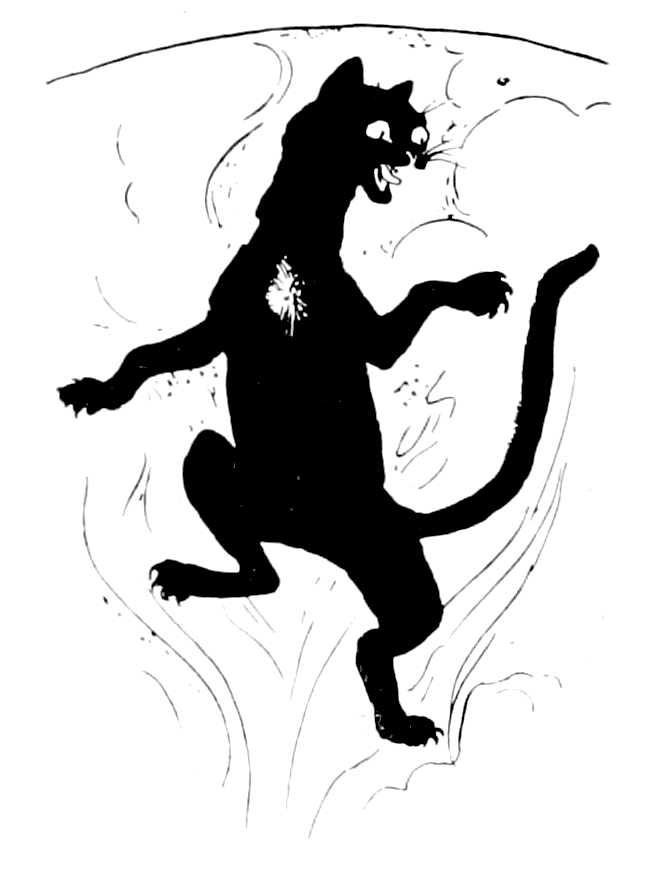
Along with offerings left for the dead in Scotland, people would also leave out fish and milk for the Caith-Shith, or Fairy Cat. These mystical creatures were all-black wildcats with a single white tuft of fur on their chest.
The Scots believed these cats would come to steal the souls of the newly dead before burial. So, they engaged in a host of rituals and enchantments to keep these cats away. They would throw catnip on the outer perimeter and have bonfires far away from the resting corpse.
In Wales, Samhain is known as Calan Gaeaf. The Welsh celebrated the festival in a similar way to the rest of the Celtic world, but they had specific superstitions. Here are some:
- Because spirits gather at stiles, crossroads, and churchyards, it’s best to avoid these places.
- Family fires contained stones, each with the name of a household member. The next morning, if any stones were gone, that person would die within the year.
- It was advised not to look into mirrors, or you would see demons and evil spirits while you sleep.
- Avoid touching or smelling ivy because it can welcome malevolent beings during slumber. But, if prepared correctly, one could receive prophetic dreams.
Were Children Sacrificed at Samhain?
It’s said that on Samhain Eve in Ireland, the Irish Celts celebrated the god of crouching darkness, Crom Cruach with offerings of corn, milk, and gruesome human sacrifice. This is mentioned in the Book of Invasions and the Annals of the Four Masters. The former claims that up to two thirds of Irish children were sacrificed from a chosen village each Samhain. But some argue that Catholic clergymen who wrote these books may have grossly misrepresented the Celts in order to discredit Celtic beliefs.
That said, evidence of human sacrifice has been unearthed through archaeological findings. The famous Irish bog bodies may in fact be the remains of ritually sacrificed kings who were offered to the gods. However, there’s no evidence that this was done during Samhain, nor has there been any evidence of child sacrifice in Ireland during Samhain.
It doesn’t seem to make sense for the ancient Celts since they went to great pains to protect children from evil spirits. As children were the future of the tribe or clan and it seems rather counterproductive for them to sacrifice their own children.
Symbol of Samhain
The Samhain symbol features a looped square, known as a Bowen Knot, and two oblong shapes interconnected at the center to create a cross.
The Bowen Knot is a protective knot that repels evil and wards off bad luck. It was often depicted on doorways, houses, and barns to repel negative energies.
Considering that Samhain is a festival where malevolent spirits enter the world of the living, the symbol of Samhain may have been seen as a protective symbol.
Popular Samhain Foods
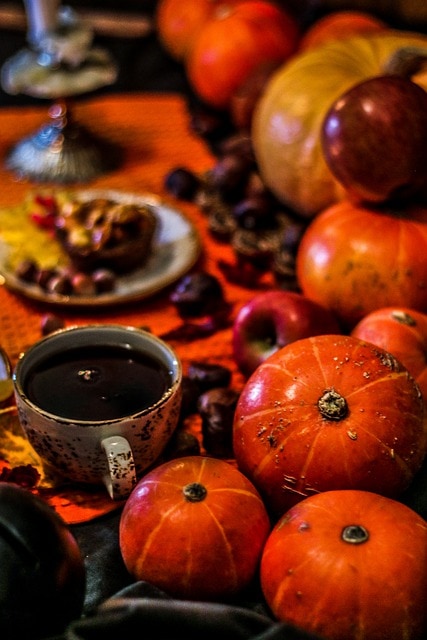
During Samhain, people ate traditional autumn food, including apples, roasted meats, and root vegetables. Spices such as sage, rosemary, cinnamon, and nutmeg were used for their aroma and flavor. The Samhain menu is warm, filling, flavorful, and savory, ideal for the time of the year when the weather begins to turn cold and the nights become long.
Is Samhain Celebrated Today?
While the festival was later reframed as the Christian celebration All Saints’ Day on November 1st and All Souls’ Day on November 2, many aspects of Samhain continued in the October 31st holiday known as All Hallows Eve, or Halloween. This celebration, popular in North America, continues many of the traditions of Samhain, including trick-or-treating, going door-to-door, and dressing up in disguise.
In the 1980s, there was a revival of the original pagan Samhain traditions by the Wiccans. Today, Samhain continues to be celebrated by Wiccans. Many Wiccan traditions have been incorporated into the Samhain celebrations.
Wrapping Up
Samhain marked the start of the Wheel of the Year in ancient Celtic pagan traditions. The beliefs, traditions, and rituals of Samhain have inspired other popular modern celebrations, including Halloween. In the past, Samhain gave hope and the promise of protection through the coming harsh winter. Participants rejoiced in the blessings of the past year, while looking forward to the renewal of the coming one. Today, versions of Samhain continue to be celebration, by Wiccans and Neo-Pagan groups.








